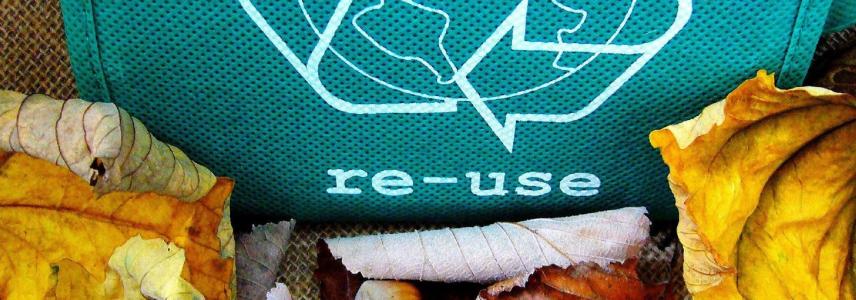From waste to wardrobe: How legislation impacts the apparel sector

The apparel sector does not recycle much clothing or textile yet, but recycling is becoming standard practice in Europe more and more. The main reason is stricter legislation, of which the new Extended Producer Responsibility (EPR) rule is an example. This rule states that brands and retailers are responsible for the post-use life of clothes. This and other new rules create opportunities for suppliers with circular supply chain solutions.
The impact of European textile
In 2020, on average, European textile consumption:
- Had the fourth-highest negative lifecycle impact on the environment and climate change;
- Caused the third-highest water and land use pressure; and
- Had the fifth-highest use of raw materials and greenhouse gas emissions.
Also, the average consumer buys 60% more clothes than 15 years ago. And each item is only kept for an average of 7 years, creating significant waste.
Textile waste management
In 2023, the European Commission has proposed new rules to:
- Make producers responsible for the entire lifecycle of textile products; and
- Support sustainable textile waste management across the European Union (EU).
The introduction of the Extended Producer Responsibility (EPR) system for textiles means that apparel companies in the EU must cover the costs of managing textile waste. EU member states must already collect textile waste from 2025 onwards, in line with current legislation.
The introduction of an EU-wide EPR will encourage apparel companies to:
- Reduce waste;
- Increase the circularity of textile products; and
- Design higher quality products from the start.
The goal is to speed up the sector development for collecting, sorting, reusing and recycling textiles in the EU, in line with the EU Strategy for Sustainable and Circular Textiles.
Circular apparel
The new rules for recycling apparel in the EU bring challenges and opportunities for apparel companies, including factories in and outside Europe. EURATEX, the European Apparel and Textile Confederation, and 20 apparel companies already announced the launch of ReHubs Europe. This initiative will start 250 industrial projects to recycle 2.5 billion tons of textile waste by 2030. ReHubs Europe is open to any company that would like to join.
Europe's growing circular apparel industry offers many opportunities for factories offering circular concepts. This includes support with:
- Circular clothing design;
- Logistics;
- Collecting clothing;
- Recycling clothing;
- Repairing clothing;
- Refurbishing clothing; and
- Reusing clothing.
Several circular apparel concepts can inspire manufacturers in production countries that want to offer circular solutions.
Sustainable examples
An example is the Dutch denim brand MUD Jeans. The brand has won many industry awards for its collection made with recycled materials and a truly circular concept. MUD Jeans was 1 of the first consumer brands to lease out jeans, collect items after use and have them recycled at a designated recycling plant. MUD Jeans pioneered design solutions that simplify recycling, such as replacing leather patches with eco-friendly prints.
Another example is the Swedish outdoor brand Houdini. This brand used 100% recycled, recyclable, renewable, biodegradable, or at least Bluesign-certified fabrics in its fall/winter collection in 2023. One of the materials the company uses for its designs is PrimaLoft Bio. This is a 100% recycled biodegradable performance fabric. Next, Houdini offers its customers rental and repair services and second-hand sales.
Learn more
You can find a step-by-step guide for switching to sustainable materials on ReFashion's Eco Design Platform. For an overview of textile recycling solutions, check its Recycle platform. Check the CBI study on recycled fashion for more background information, statistics, and best practices.
FT Journalistiek wrote this news article for CBI.
Stay informed
To stay informed on the latest developments in the apparel sector, subscribe to our newsletter.